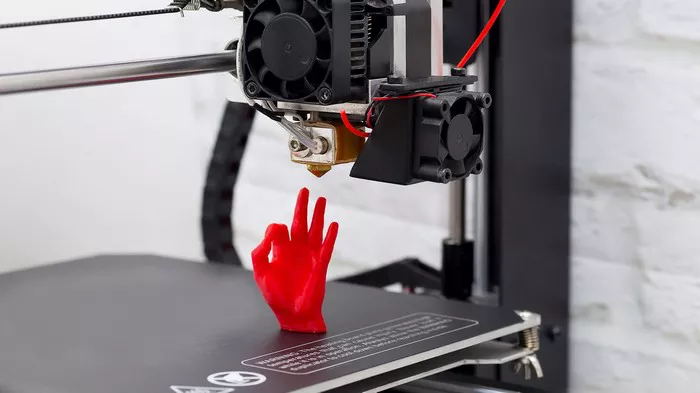Advances in additive manufacturing (AM) using high-performance polymers are rapidly transforming the tooling industry by improving dimensional accuracy and surface quality. These developments enable companies to produce more durable, customized tools with reduced lead times, lower labor requirements, and significant cost savings compared to traditional machining methods.
Leading manufacturers in sectors such as automotive and aerospace—including major players like Ford and Moog Aircraft Group—have embraced AM technology. Even smaller machine shops are integrating 3D printing into their workflows. Below, we explore real-world examples of businesses leveraging Stratasys’ additive manufacturing solutions to manufacture tooling fixtures faster and more affordably. This overview highlights how 3D printing addresses common tooling challenges and the tangible benefits experienced by users.
Common Tooling Challenges and How Additive Manufacturing Offers Solutions
Traditional tooling fabrication—via milling, welding, or assembly—is reliable but often slow, expensive, and constrained by skilled labor shortages. Companies frequently face obstacles such as long lead times, high costs (especially for small runs or custom tools), design limitations, and inventory management burdens. These issues can delay production and reduce agility.
Additive manufacturing addresses these challenges by enabling the rapid production of complex or low-volume tooling at competitive costs. Unlike conventional methods that prioritize ease of machining—sometimes at the expense of ergonomics or weight optimization—3D printing facilitates the creation of highly customized tools tailored to specific tasks and operator needs.
Furthermore, AM dramatically shortens production times. Parts that would take days or weeks to machine can be printed in hours, whether in-house or through external service providers. The ability to store digital tool designs eliminates the need for physical inventory, reducing storage costs and waste associated with obsolete tools.
Finally, AM mitigates workforce issues by requiring less specialized training compared to CNC machining. Operating 3D printers, particularly FDM systems, demands fewer skills and minimal supervision, easing labor constraints in manufacturing environments.
Are Engineering-Grade Thermoplastics a Viable Alternative to Metal Fixtures?
Beyond process advantages, additive manufacturing enables the use of engineering-grade thermoplastics as strong, durable alternatives to metal for tooling applications. While these polymers differ from metal, many offer mechanical properties suitable for demanding industrial uses.
Technologies like FDM and DLP are compatible with a variety of thermoplastics and photopolymers, many of which possess high strength and hardness. Carbon fiber-reinforced materials such as ABS-CF10 and Nylon-CF10 provide enhanced stiffness and durability where required. Some thermoplastics, like ASA, offer superior thermal stability, making them ideal for coordinate-measuring machine (CMM) substrates, often outperforming metal counterparts.
Case Studies Highlighting the Impact of 3D Printing on Tooling
Ford Motor Company utilized Stratasys’ FDM technology and Nylon 12CF material to develop a lighter, more ergonomic window glass installation fixture. This tool featured internal reinforcement with variable material density—impossible to achieve with machined parts—resulting in a fixture that was 15% lighter, 70% less expensive, and easier to handle than the original metal design.
Moog Aircraft Group, a designer of flight control systems for aircraft, replaced costly, lead-time-intensive tool-steel fixtures with 3D printed CMM holders. This shift enabled faster in-house production and reduced costs by over 80%, streamlining inspection processes for machined components.
Valiant TMS, specializing in manufacturing automation systems, needed a hand tool for attaching auto door latches that combined strength, ergonomics, and lightness. Using Stratasys’ Origin 3D printer with P3™ DLP technology and impact-resistant Dura™56 material, they achieved a smooth, defect-free finish akin to injection molding. This solution cut costs by 78% and print times by 79% compared to other additive methods.
Conclusion
The rise of engineering-grade polymer 3D printing empowers manufacturers to produce tooling that is faster, more cost-effective, and less labor-intensive. This technology supports greater design freedom, complex geometries, and rapid turnaround times. Overcoming initial adoption barriers can unlock significant savings, increased production efficiency, and improved tool customization.
To learn more about how polymer-based additive manufacturing can revolutionize your tooling production and explore Stratasys’ cutting-edge solutions, visit their official platform.
Related topics:

